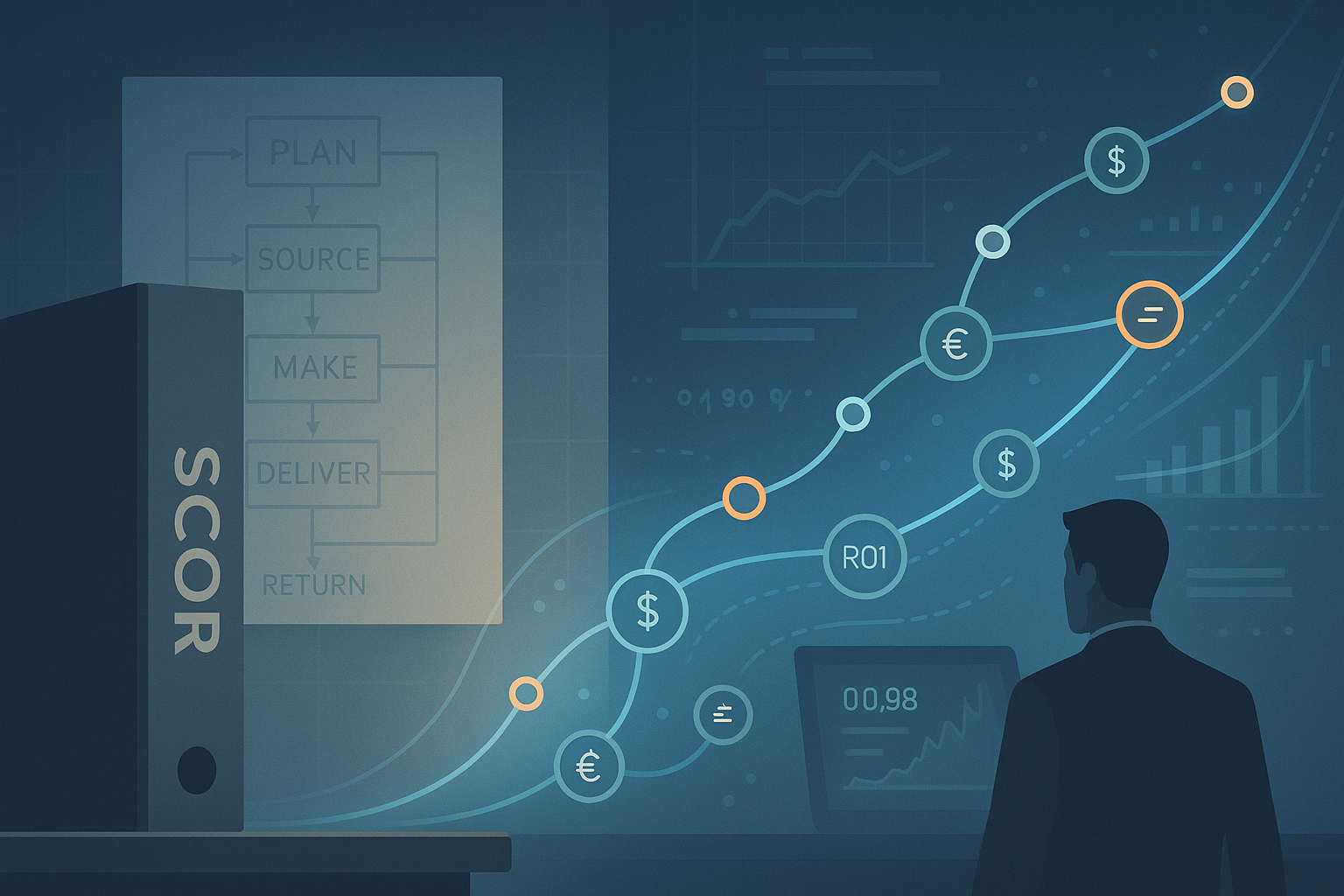The Two Meanings of “Price” in Supply Chain
The word “price” does more work than most people notice. In meetings I watch teams talk past one another: one side is arguing about what a thing is worth, the other about what we should do next. Both are speaking about “price,” but they are not speaking about the same thing.

In Introduction to Supply Chain, I formalize this split because it underpins every sensible decision we can make. In Chapter 3 (“Economics”), I treat price as a statement about value; in Chapter 8 (“Decisions”), I treat price as a decision that commits the firm. The distinction is simple to express and powerful in practice.
Price as a statement is an internal yardstick. It is the money-denominated reading we assign to an option so that unlike things can be compared. Should we keep the last unit for a likely bundle tomorrow, or sell it today? What is the worth of a dock slot at 5 p.m. in peak season? How much damage does a stockout do beyond the immediate lost sale? Many of these effects do not show up neatly in the ledger, yet they move the economics all the same. A statement-price gathers our best expectations—future inflows and outflows, timing, risk—into one number so that choices can be ranked. It is not a promise to the outside world; it is a way for the firm to think coherently.
This is why, even when no market quotes exist, we still “mint” such numbers inside the company. Internal components, line time, shelf space, capital tied up in slow movers—these must all be given a monetary reading if they are to compete fairly for scarce resources. The reading may be rough and it should evolve as reality changes, but without it we fall back on incompatible KPIs and politics. A price-as-statement is our best, current reading of economic consequences.
Price as a decision is different. It is a commitment the firm makes and defends. The obvious example is the tag on the shelf, but the same logic governs a late fee we accept, a markdown we post, a minimum order we enforce, or the per‑unit‑per‑day charge we are willing to carry on inventory. These are not merely descriptive; they steer flows immediately. Once a decision-price is set, purchasing, allocation, and fulfillment will move to reflect it. It must therefore be owned, published, and consistent across the company, because it is the bridge between intent and action.
When the two meanings blur, organizations drift. If we treat a decision-price as a pure reflection of “what something is worth,” we may harden yesterday’s guesses into today’s commitments. If we treat a statement-price as a commitment, we stop updating our beliefs when conditions shift. The cure is to keep the conversation clean. First we ask: what is our best money-denominated reading of the options on the table? Then we ask: given that reading, what are we prepared to commit to now?
Consider a few familiar scenes. A popular component is scarce today, but a much larger, near-certain bundle sale looms next week. The statement-price for keeping the unit must include the expected upside of the bundle and the cost of waiting. The decision-price is the action we take at 3 p.m.: do we sell now, or reserve? Or take markdowns. The statement-price weighs the likely clearance path, write‑off risk, seasonality, and the charge for capital over time. The decision‑price is the markdown we actually post this afternoon, which will redirect demand overnight. In both cases, the firm thinks with statement-prices and acts with decision-prices.
There is one more thread that ties these ideas together: the return on capital. A sound statement-price lets unlike opportunities compete on a single economic scale—cash, time, and risk accounted for. A sound decision-price pushes the organization toward the options with the highest risk‑adjusted return. In practice, this means elevating a few company‑wide numbers that everyone can see and that the decision engine can use without translation: the cost of capital; a reasonable monetary penalty for failing the customer; allowances for obsolescence and congestion; the value of scarce capacity at busy times; and, where markets exist, the external quotes we do not second‑guess. These figures need not be perfect to be useful; they must be explicit, coherent, and revisable.
I am sometimes asked whether pricing “belongs” to marketing or to supply chain. The question dissolves under the two meanings. The statement-price is a firm‑wide way to think; the decision-price is a firm‑wide way to act. When framed this way, pricing is not a silo but the common language that coordinates buying, making, moving, and selling. It is how we make millions of small choices consistent with our larger intent.
If I had to compress the method into a single habit, it would be this: separate the reading from the move. Price as a statement tells us, in coins, how the world looks right now. Price as a decision tells us, in coins, what we will do next. Keep both honest, keep both visible, and update both as evidence arrives. The result is not just tidier conversations; it is a supply chain that compounds capital faster.
For a deeper treatment of these ideas, see Chapter 3 (“Economics”) for the role of money-denominated readings inside the firm and Chapter 8 (“Decisions”) for how those readings are turned into commitments.


